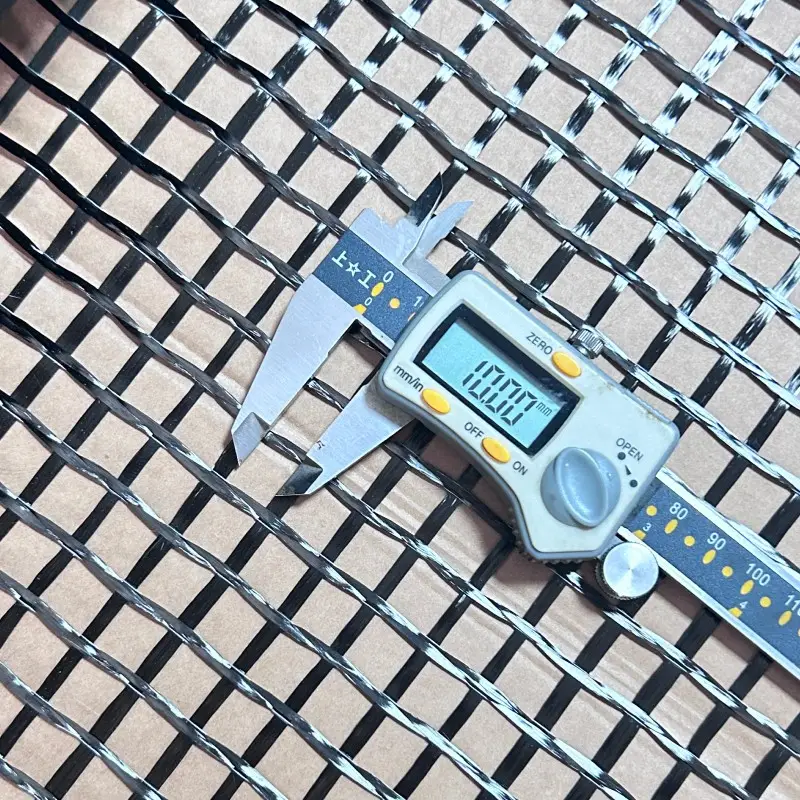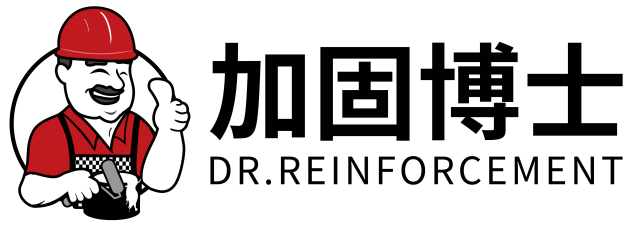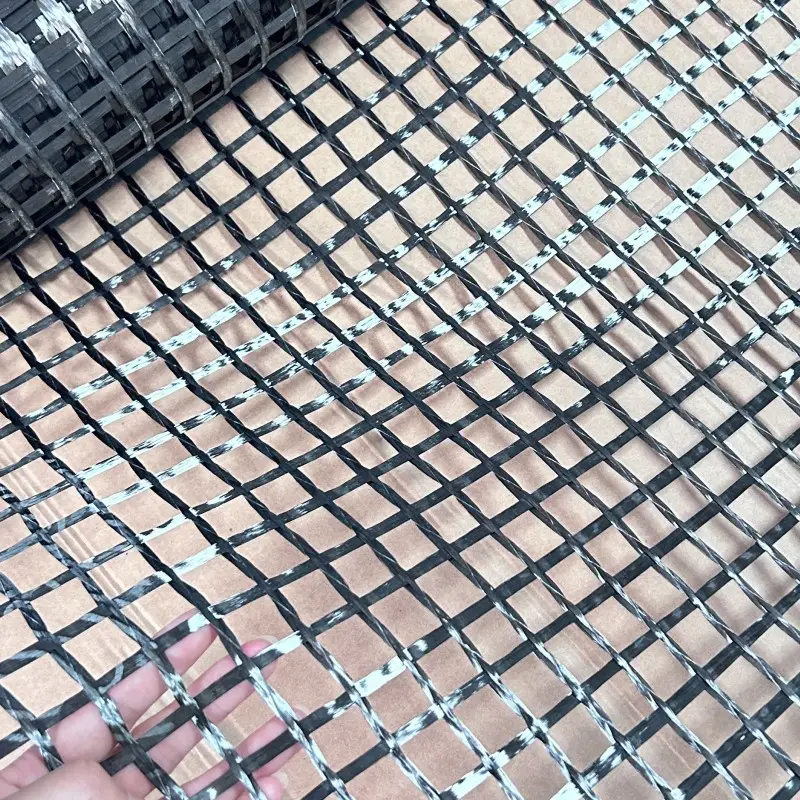Understanding Carbon Fiber Mesh Cloth
Composition and Manufacturing Process
Carbon fiber mesh cloth gets a lot of attention because it's super strong yet really light weight. Basically, it starts with carbon fibers that get twisted together into threads. Then comes the weaving part where these threads form different fabric patterns depending on what they need the material to do later on. Manufacturing this stuff isn't simple though. First, those carbon filaments have to become actual threads through special processing techniques. After weaving, there are various treatments applied to make sure the fabric holds up under stress and performs well over time. Companies often bring in things like resin infusion methods and controlled heating processes during production to give the final product extra strength. Surface coatings also play their role here, making it easier for the carbon fiber mesh to bond properly when used in structures that require reinforcement.
Key Properties of Carbon Fiber Mesh
Carbon fiber mesh cloth has an amazing strength to weight ratio, so it can hold up under heavy loads without adding much bulk. That's why engineers love using it when they need something strong but not too heavy. Another big plus is how well it handles repeated stress over time. Structures made with this material don't break down easily even after years of going through constant cycles of pressure and release. The material expands very little when temperatures change, which makes it stable whether used in freezing conditions or hot environments. Plus, carbon fiber conducts electricity really well while keeping heat transfer minimal. These features make it super useful across many different sectors from aerospace to automotive manufacturing where both performance and efficiency matter most.
These properties are pivotal in making carbon fiber mesh an integral component of industrial applications, contributing to everything from automotive construction to aerospace engineering. Its versatility and reliability mean that it can enhance the durability and performance of structures considerably, ensuring safety and efficiency.

Benefits of Carbon Fiber Mesh Cloth in Structural Reinforcement
High Strength-to-Weight Ratio
The high strength-to-weight ratio of carbon fiber mesh cloth is transformative for modern engineering. It enables the design of more efficient and lighter structures without compromising structural integrity, thus revolutionizing construction methods. As a result, efficiency in construction leads to reduced material costs and faster project timelines.
Corrosion Resistance and Durability
Carbon fiber mesh cloth offers excellent corrosion resistance, which is crucial for applications in humid and chemically aggressive environments. Its resilience to these adverse conditions significantly extends the lifespan of reinforced structures, effectively reducing the frequency and costs associated with maintenance.
Applications of Carbon Fiber Mesh Cloth
Concrete Structure Rehabilitation
Carbon fiber mesh is increasingly employed in rehabilitating concrete structures due to its lightweight yet robust characteristics. This material's applications often include surface bonding techniques that ensure seamless integration with existing structures, thereby improving their resilience.
Seismic Retrofitting and Disaster Prevention
Carbon fiber mesh cloth plays a crucial role in seismic retrofitting, greatly enhancing the ability of structures to withstand earthquake loads and thereby improving overall safety and performance. By reinforcing critical joints and weak areas, carbon mesh significantly lowers the risk of catastrophic failure during seismic events.
Installation Guide for Carbon Fiber Mesh Systems
Surface Preparation Techniques
Proper installation begins with meticulous surface preparation to guarantee optimal bonding of the carbon fiber mesh with existing surfaces. This involves cleaning the surface to remove any debris, repairing any damages, and sometimes priming to enhance adhesion capabilities.
Embedding in Cementitious Matrices
Embedding carbon fiber mesh in cementitious matrices is essential for effective load distribution and enhanced structural integrity. This process requires careful mixing and application to achieve uniform dispersion of the fibers within the matrix.
Comparative Analysis: Carbon Fiber Mesh vs Traditional Reinforcement
Performance in Tensile Strength Tests
When it comes to tensile strength, carbon fiber mesh consistently outperforms traditional steel reinforcements. Studies demonstrate that carbon fiber can achieve tensile strengths exceeding 2000 MPa.
Long-Term Maintenance Costs
While the initial expense of carbon fiber mesh might be daunting, the long-term maintenance costs are considerably lower compared to traditional materials. Its remarkable durability and resistance to corrosion mean that carbon fiber-reinforced structures necessitate less maintenance over their lifespan.
Maintenance and Quality Assurance
Environmental Resistance Testing
Routine environmental resistance testing is pivotal for maintaining the quality of carbon fiber mesh products across diverse climatic conditions. This testing process involves subjecting the mesh to UV radiation, humidity, and temperature variations to assess its robustness and durability.
Compliance with Industry Standards
Adhering to industry standards such as ASTM or ISO is essential for ensuring the quality and performance of carbon fiber mesh products. These standards provide comprehensive guidelines for testing and certification, vital for project approval and delivering long-term performance guarantees.
Future Innovations in Fiber Reinforced Polymers
Smart Mesh Integration
The future of fiber-reinforced polymers is bright, with exciting developments on the horizon primarily centered around smart mesh integration. These advancements aim to embed sensor technologies within carbon fiber mesh systems to develop "smart mesh" solutions capable of monitoring structural health.
Sustainable Production Methods
The push for sustainability in the production of fiber-reinforced polymers is gaining momentum, emphasizing eco-friendly manufacturing practices. New methodologies are emerging that strive to reduce carbon footprints and incorporate recycled materials into the fiber-reinforced matrix.
FAQ Section
What is carbon fiber mesh cloth?
Carbon fiber mesh cloth is a high-strength, lightweight material composed of woven carbon fibers, used in many structural applications due to its durability and performance.
Why is carbon fiber mesh preferred in construction?
Carbon fiber mesh is preferred for its high strength-to-weight ratio, corrosion resistance, and excellent fatigue resistance, making it ideal for robust structural reinforcement.
How is carbon fiber mesh used in seismic retrofitting?
Carbon fiber mesh enhances the ability of structures to withstand earthquake loads by reinforcing critical joints and weak areas, thus improving overall safety.
What are the benefits of using carbon fiber mesh in concrete rehabilitation?
Using carbon fiber mesh in concrete rehabilitation provides lightweight, durable solutions that seamlessly integrate with existing structures, improving resilience and extending their operational life.
Table of Contents
- Understanding Carbon Fiber Mesh Cloth
- Benefits of Carbon Fiber Mesh Cloth in Structural Reinforcement
- Applications of Carbon Fiber Mesh Cloth
- Installation Guide for Carbon Fiber Mesh Systems
- Comparative Analysis: Carbon Fiber Mesh vs Traditional Reinforcement
- Maintenance and Quality Assurance
- Future Innovations in Fiber Reinforced Polymers
- FAQ Section


